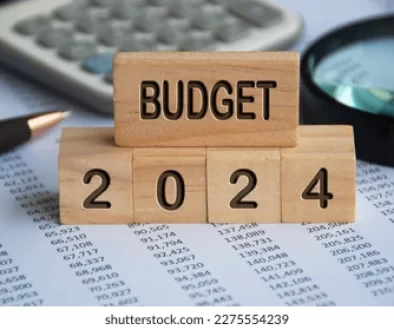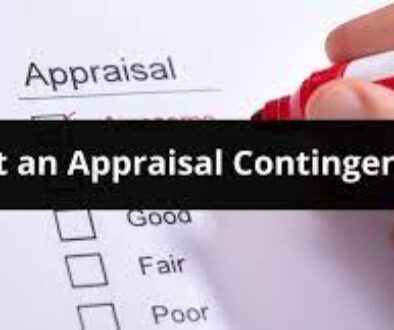Keep your Home
Keep your home
Any number of unexpected life circumstances might lead to difficulty meeting financial responsibilities, like making your mortgage payment.Borrowers dealing with mortgage hardship may have multiple options to get their mortgage payments back on track, such as revising the loan terms or coming up with a new payment plan.
The first and best approach is to contact your mortgage servicer – the one responsible for collecting your mortgage payments – and see what options may be available to you. Read on to learn about some of the common options they may discuss with you to manage your mortgage hardship and keep you from foreclosure.
Mortgage Refinance
Much like a loan modification, a refinance can lower your payment with a new interest rate or loan term. However, a mortgage refinance involves getting a brand-new loan, while a mortgage modification modifies the existing loan. Most loans will go through a traditional refinance; VA and FHA loans have their own types of refinancing.
- VA Streamline Finance – If you’re a veteran struggling to pay off your VA loan, you can refinance at a lower rate with a VA Interest Rate Reduction Refinance Loan (IRRRL).
- FHA Streamline – Consider this method to refinance if you have an FHA loan.If you haven’t missed any mortgage payments that were 30 days late in the last 6 months, or made one payment that was more than 30 days late in the past year, FHA Streamline may work for you.
Reinstatement
If you have missed payments in the past and are in a situation where you can make them moving forward, the fastest way to get your mortgage back on track is by reinstating the loan. This is a one-time lump sum payment of the full past due amount, along with any late fees and other penalties.
With a one-time transaction, the loan does not go any further into delinquency and negative credit impact ceases as long as the mortgage is continued to be paid on time.This money could come from a large tax refund, bonus at work or a helping hand from a friend, family member or other source.This option is unlikely for borrowers experiencing financial difficulty or currently going through a mortgage hardship that makes it difficult to make their payment now and in the future. If you’re in the midst of financial hardship, the following options may be better suited for you.
Mortgage Repayment Plan
A repayment plan takes the amount of the mortgage that is past due and splits that up over a few months in addition to your normal mortgage payment. You pay extra each month until the past due amount is satisfied.
This is best for a short-term hardship, and you expect that your finances will return to normal soon. You should also consider whether you’ll have money in the budget to pay this extra amount within each month of the repayment plan, as it does not change the existing terms of your mortgage.
Mortgage Forbearance
Mortgage forbearance is a temporary option if you are experiencing a short-term hardship like unemployment, serious illness, disability or a natural disaster. Though it won’t help you settle the delinquency on the mortgage, it can provide payment relief as you navigate the hardship and come up with a long-term plan.
A forbearance will temporarily reduce or pause your monthly payment protecting against foreclosure proceedings, as long as the terms of the forbearance agreement are met. In an extreme situation such as a natural disaster, servicers will sometimes agree to refrain from reporting missed payments to credit bureaus, so it won’t affect your credit score.
Once the hardship is resolved and the agreed-upon forbearance term is complete, the past due amount will have to be resolved through a lump sum payment or by working with your lender to create a repayment option. This increases your monthly payments.
Mortgage Modification
If a challenge has caused you to fall a couple of months behind on your mortgage payment, one option your servicer may look into is a loan modification.The purpose of a modification is to bring your account back to a current status, possibly resulting in a more affordable payment. Your servicer will do this by changing one or more terms of your loan. This could include an interest rate reduction or loan term extension.
When requesting a loan modification, your lender or servicer may ask you to submit a mortgage hardship letter explaining why you are unable to make your mortgage payments. The letter serves as documentation of your financial hardship and helps your lender understand your circumstances so they may confidently accept your request for mortgage modification.
Options For A Graceful Exit
The aforementioned options can be helpful solutions if you have the budget and want to stay in your home. The first step you should consider is putting your home up for sale at full price.
If this isn’t an option because you still won’t have the equity to pay off the loan, consider the following choices. They won’t hurt as much as a foreclosure from a credit perspective.
Short Sale
In a short sale, your lender agrees to accept less than a full payoff because your house is worth less than what you owe.
If you know you’re struggling to make your mortgage payment and decide to sell your home, a short sale can help you leave your home gracefully with a smaller credit impact than you would see in a foreclosure. This may be the preferred option for clients who have no equity in their home.
Deed In Lieu
If you have very little equity in your home and just want the option to leave your home to the lender without having a foreclosure on your record, you can do so with a deed in lieu of foreclosure, which allows you to voluntarily sign your property’s title over to your lender.
By working with a lender on your deed in lieu, you may be able to obtain some funds to assist in relocating to another living arrangement. While this may protect you from a formal foreclosure, it will still impact your credit.




